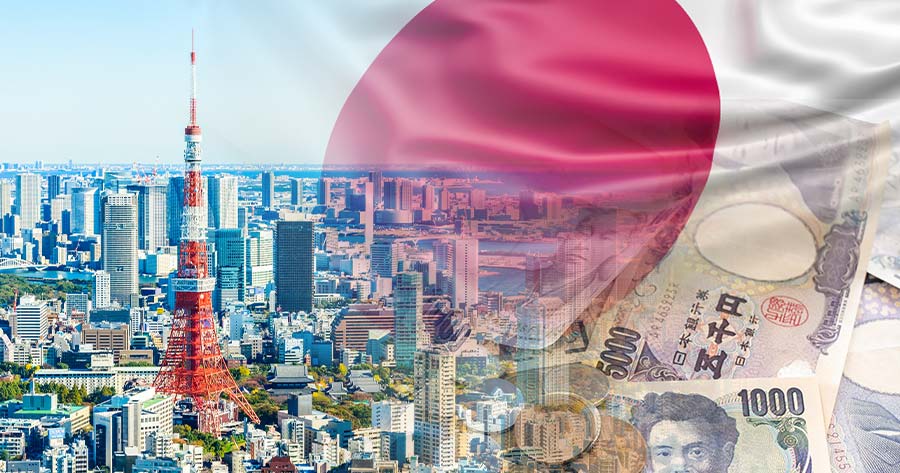Japan recorded a stronger-than-expected economic growth in the second quarter, with revised data showing an annualized 2.2% expansion—more than double the initial reading—thanks to improved figures in consumer spending and inventory accumulation.
The gross domestic product rose 0.5% quarter-on-quarter, surpassing both the original 0.3% reading and economists’ expectations.
Government officials pointed to higher sales in restaurants, games, and increased corporate investment, noting that this updated data was not available when preliminary numbers were released.
Consumer spending, which drives over half of domestic output, rose to 0.4%, compared with the earlier 0.2% preliminary reading.
Meanwhile, despite the robust performance in the April-June period, economists caution that threats from U.S. tariffs and recent political developments — including Prime Minister Shigeru Ishiba’s resignation — could present new challenges.
According to Shinichiro Kobayashi, principal economist at Mitsubishi UFJ Research and Consulting, consumer spending is unlikely to be strong enough in the July-September quarter to fully make up for the anticipated drop in exports.
Moreover, Uichiro Nozaki at Nomura Securities observed that, although the latest economic figures are not expected to prompt any immediate policy changes from the Bank of Japan, ongoing worries about tariffs and political instability could push back the timing of future interest rate increases.
Following these developments, the attention now turns to third-quarter GDP figures to assess the impact of U.S. tariffs and ongoing political uncertainty on Japan’s economic momentum.




